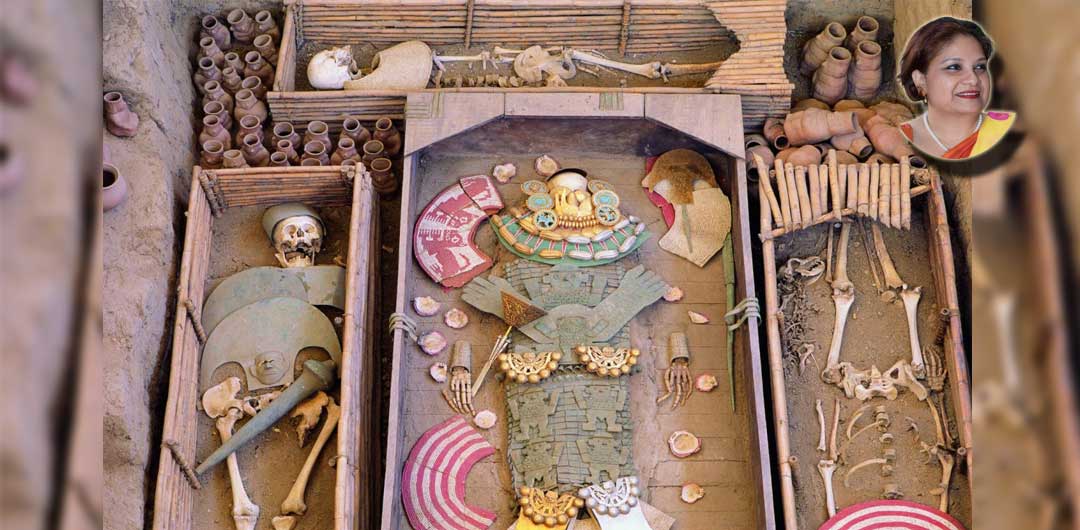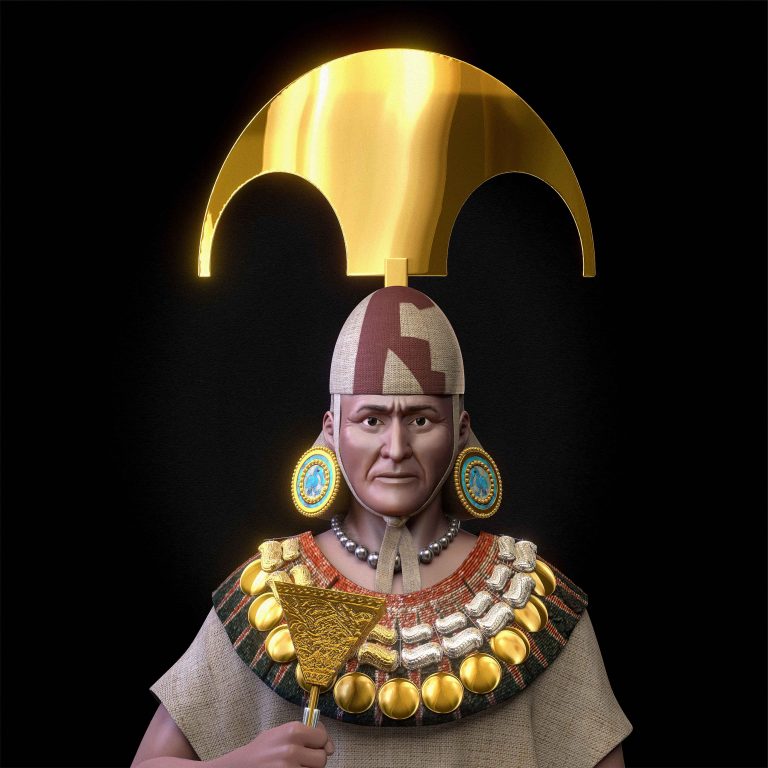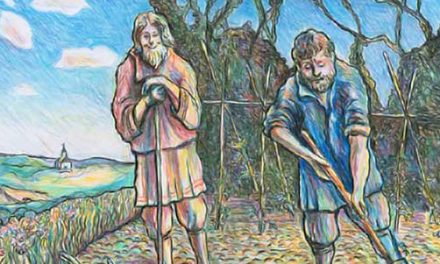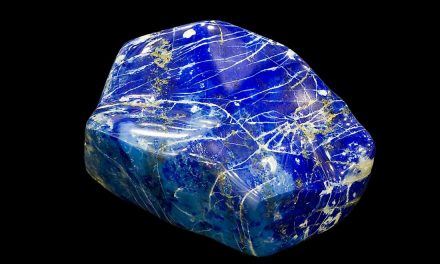
The priest-king has died. Shadows of grief all around. The Moched king was a demi-god to his subjects, half ma and half god. When the king passed by, no one dared to look up at him. Everyone kept their heads down. Every moment, the subjects worshiped the Moched king in front. The hearts of the people were filled with sadness at the death of that revered king. But depression cannot be tolerated. Life after death is most important to them. They strongly believe in the afterlife. So there should be no mistakes. They know very well that if he died physically, the Moch king would live forever and would be reunited with his kindred.
The mummified bodies were kept in the pyramids of the palace. The light of the torches flicked. Everyone was engaged in scarifying the path of the final journey of the king. The King’s body was also being prepared for the funeral. All the dignitaries, military chiefs, scholars, and learned personalities and councils were present beside the body of the king. The chief advisors and military chiefs knew very well that they were being buried next to the Lord. They were to be executed the next day. But they had no regrets. Instead, they considered themselves lucky. How many people got such an opportunity? It is a matter of highest honor for them to be able to accompany the funeral procession of their Lord.
The Moche believe that their sidereal god weaves a web that binds the entire human race and the world. He will show the way to the afterlife and take the respected king. So that the spider god could easily recognise the soul of the king, the face of the king was covered with red holy cinnabar. His whole face was covered with a mask made of gold, his face cutting off from the outside world. It was also decided whether all of his useful articles and ornaments were given to him.

Image of Sipan of Lord after reconstruction with forensic facial technology © Encyclopedia
The subjects loved their king very much. The sky and the air became heavy with the mourning and lamentation. All the countrymen came to bid farewell to the king, bringing gifts as tributes. The king can not be sent empty-handed. A large proportion of the gifts brought to the king consisted of colorfully designed potteries. Numerous wonderful stones were curved on the pots. These potteries were proof that Moche’s history cannot be compared.
In the year 1987, Archaeologist Walter Alva was seriously diagnosed with bronchitis. One day, he was lying in bed. At that time, a call came from the local police station. The police chief asked him to meet at the police station immediately. Some looted antiques have reached them. They were asking Alva’s opinion on this. Alva jumped out of the bed, putting down the phone. He got excited over hearing the news. Without a moment of delay, he reached the police station in a feeble condition, coughing fiercely.
He was allowed to sit in front of a table at the police station. On the table, there were two large gold-made chinawares wrapped with paper, a golden mask, and many other other things. Seeing these, Alva got stronger in a moment. He was on the verge of finding something very important; he was sure of that. His hands and feet were shaking with excitement. A greater discovery was calling him as if by hand.
Hilarious but true, the thief himself came and gave the information about such important antiques to the police. Yes, only a few tomb robbers found these precious things. But nature itself may be wanted to reveal history. That’s why those tomb robbers darted quarreling among themselves. As a result of their argument, one of the tomb robbers came and reported to the police station on his own, and the police told Walter Alva. But from that thief it was known where they got these antiques from. Without delay, Alva started working, digging began.
The first thing they found was a dead body sitting down, with its legs cut off. Many thought that Alva might have found what he was looking for. Maybe this skeleton was his destination. But no, Alva understood rightfully that this man was kept to guard the tomb of a king, and his legs were amputated so that he could not leave the king for a single moment. Alva guessed that maybe with a little more digging, he might find a king. But Alva and his team did not know what surprise was waiting for them. Being amazed they began to see the resources necessary for the afterlife laid around one after another.

A fictional depiction of subjects’ devotion to the demigod Lord of Sipan
Furthermore, digging revealed some clay vessels and a square chamber. At the centre of the chamber was another wooden chamber, which was originally a sarcophagus. Above one corner of the sarcophagus was the skeleton of another man. This man’s legs were also amputated. He had a copper helmet on his head and armour in his hands. Now it is time to see the surprise of the centre.
A wonderful surprise was waiting for Alva. Near Huaca Rajada or Sipan, on the north coast of Peru, an amazing tomb had been discovered, in which the dead Moch king lies completely intact. He was lying right in the centre. There were several other tombs surrounding him. He was between 35 to 55 years old at the time of his death. All the eye-catching wealth that accompanied him revealed that this man was god-like to the Mochas. So this newly discovered tomb was named “Lord of Sipan”.
According to research, the Lord of Sipan was buried in the 3rd century AD. His body was covered with precious ornaments made of gold, silver, and copper. On his head was a huge crescent-shaped crown with feathers, a mask on the face, a beautiful necklace around the neck, and rings on the nose and in the ears. The mask suggests the portrait of a priest or a warrior. His gold and silver necklaces in the shape of peanuts represented life cycles. Gold represents the masculinity of the sun god, and the femininity of the moon goddess was depicted through silver. Gold and silver are also used to constitute the picture of life and death. However, no clear idea was found as to why the necklace was made in peanut shape. Perhaps nuts are considered a very important food in the life of the Moches.
The burial site of the Sipan contained two amputee men and a total of twelve corpses surrounding the body of the king, among whom were found the skeletons of many important figures, including domestic animals, teenage girls, children, and warriors. It is believed that many of them volunteered to accompany the king in the afterlife.
Near the head of the King’s tomb was the skeleton of a nine -to- ten years old child. On the other side were his three wives. There were also two renowned male warriors. Apart from this, the King’s favorite dog was also buried with him. There were also bodies of two sheep-like animals, which were probably sacrificed.
After the discovery of the Lord of Sipan, fourteen more such tombs were found in Sipan, and the number of artifacts that were found in those tombs was so large that a separate museum had to be built to preserve them.

Tomb of the Warriors, Huaca Razda © Wikimedia
The story of Lord of Sipan’s discovery is no less than Howard Carter’s discovery of Tutankhamun’s pyramid in Egypt. The Moche civilization once emerged as a major part of Peruvian art. Although the Moche people, being on the coast of the Pacific Ocean, could not form their own political state, several other characteristics have immortalized them. Their way of life and religious customs were beautifully reflected in their wonderful brick architecture and paintings on pottery. Moche was an agricultural caste. During that ancient time, their farming techniques and irrigation efficiency were astonishing. The bottom of the Mochera ceramic vessels was made flat using only hands with amazing skills without the help of any wheel. Surprisingly they actually knew the process of washing a copper ornament with gold water or coating it with gold. The knowledge of electrolysis methods we have used commercially even in the eighteenth or nineteenth century. The beauty of their works of art made of silver, gold, and other metals was unmatched.

Some special artefacts from the tomb of Lord of Sipan © Encyclopedia
The Moche civilization existed a hundred years before the Inca civilization. Much of Peru’s civilization was lost when the Spanish colonized it. As a result of their looting, most of the ancient monuments were destroyed. Moreover, these early Civilizations had no intangible written language. So we did not know about them for many years. The discovery of the Lord of Sipan suddenly added a new dimension to the history of America and shocked the world. It was the richest burial in America. Soon after the discovery the news reached the whole world even before the wind. The world witnessed Moched’s metallurgy and perfect design techniques with bewildering eyes. Everyone could easily guess how far they had advanced in terms of social structure and technology. However, despite being such an important discovery, the Lord of Sipan unfortunately did not receive the same publicity as Tutankhamun.




